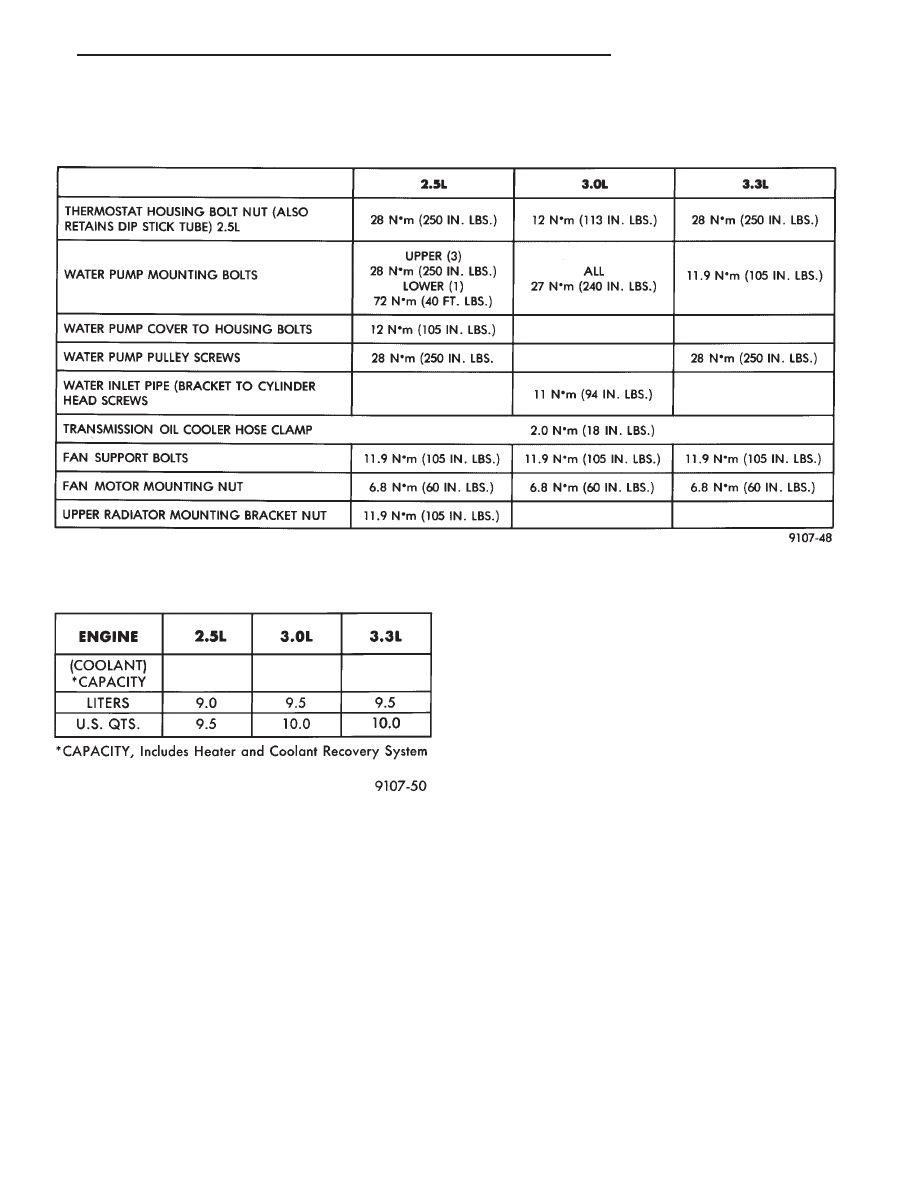Chrysler Town & Country/Voyager, Dodge Caravan, Plymouth Voyager. Manual - part 187

SPECIFICATIONS
TORQUE
COOLING SYSTEM CAPACITY
.
COOLING SYSTEM
7 - 29
Index Chrysler Chrysler Town & Country/Voyager, Dodge Caravan, Plymouth Voyager - service repair manual 1992 year
|
|
|

SPECIFICATIONS TORQUE COOLING SYSTEM CAPACITY . COOLING SYSTEM 7 - 29 |